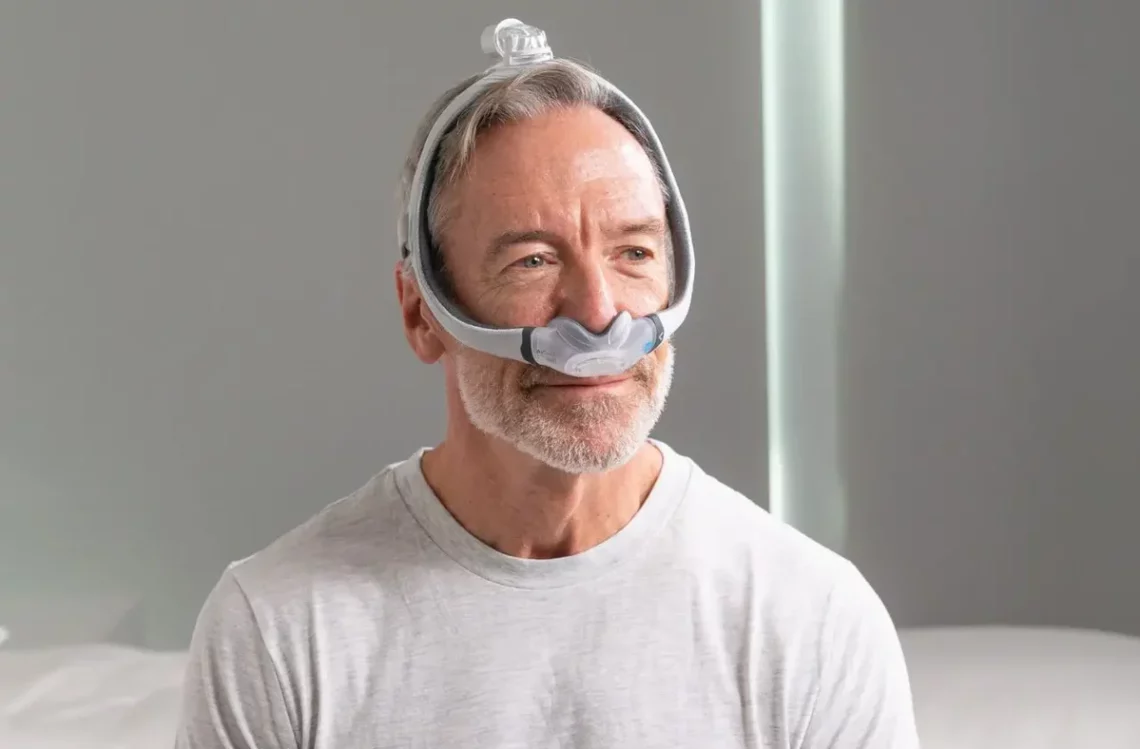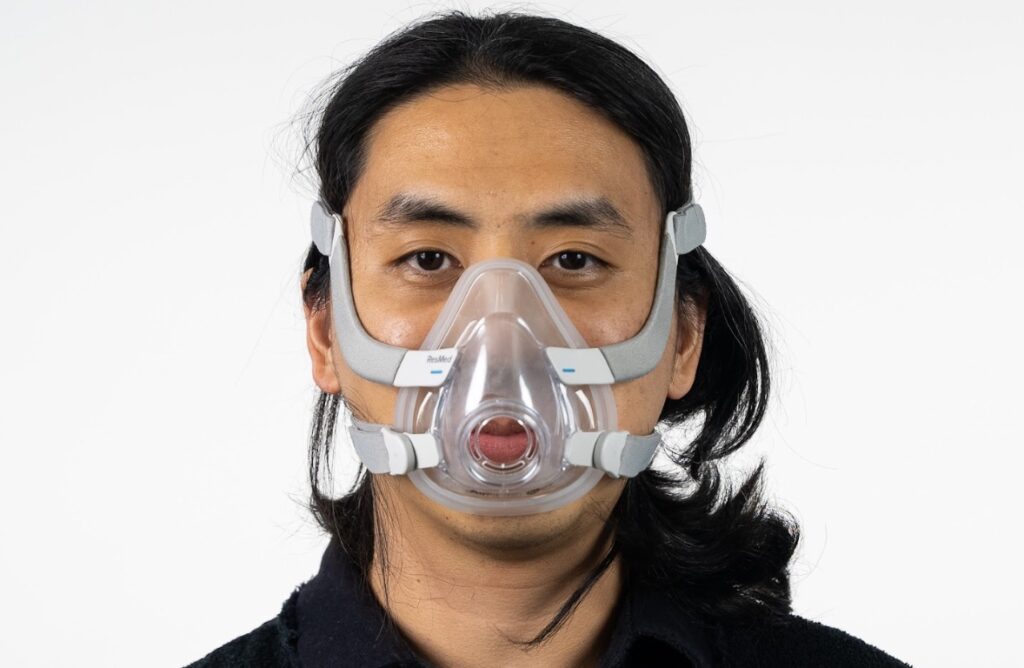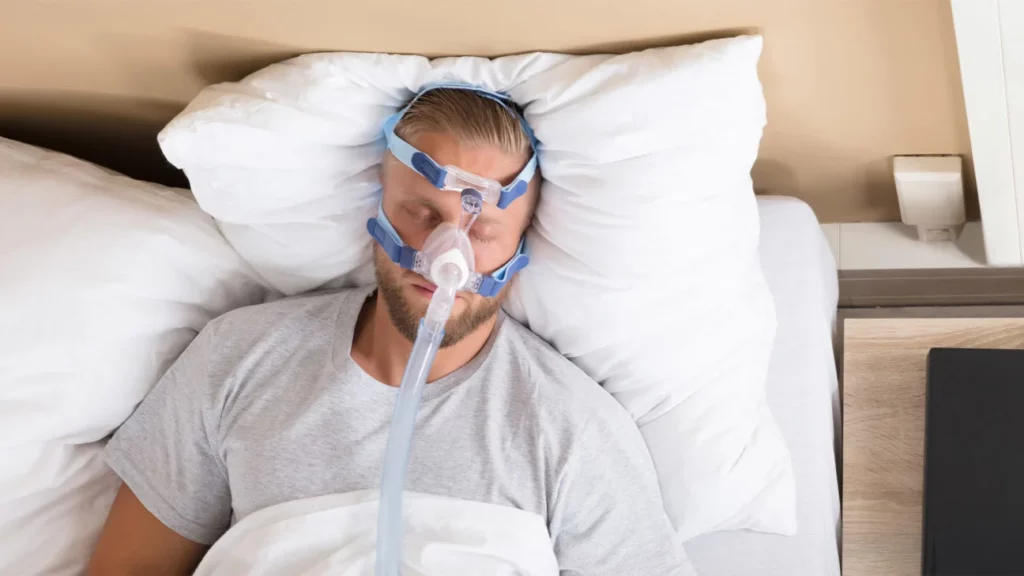
Best CPAP Machine Features to Look for in 2025
Continuous Positive Airway Pressure (CPAP) machines have become essential for individuals suffering from sleep apnoea. As technology advances, the features of these devices are evolving to enhance user experience and improve treatment efficacy. As we look towards 2025, several key features are expected to become standard in CPAP machines, making them more effective and user-friendly. This article explores the best CPAP machine features to consider in the near future.
Smart Connectivity
The integration of smart technology into CPAP machines is set to revolutionise the way users interact with their devices. Smart connectivity allows users to monitor their therapy progress through mobile applications, providing real-time data on usage and sleep patterns. This advancement not only empowers users to take control of their health but also fosters a deeper understanding of their sleep disorders, leading to potentially improved outcomes.
As we approach 2025, the landscape of best CPAP machines is set to change dramatically. With advancements in technology, comfort, and user experience, the future of sleep apnoea treatment looks promising. Users can expect machines that not only provide effective therapy but also enhance their overall quality of life.

Mobile Apps and Data Tracking
In 2025, CPAP machines are likely to come equipped with sophisticated mobile applications that enable users to track their sleep data effortlessly. These apps can provide insights into the effectiveness of the therapy, allowing users to make informed decisions about their treatment. Users can expect features such as daily usage statistics, leak detection, and even reminders for mask replacement. Furthermore, the applications may incorporate educational resources, offering tips on optimising sleep hygiene and lifestyle adjustments that can complement CPAP therapy. This holistic approach not only enhances user engagement but also encourages a proactive stance towards managing sleep health.
Remote Monitoring and Support
Remote monitoring capabilities will be another significant advancement. Healthcare providers can access patient data remotely, allowing for timely interventions and adjustments to therapy settings. This feature not only enhances patient care but also reduces the need for frequent in-person visits, making the management of sleep apnoea more convenient. Additionally, the ability for healthcare professionals to monitor trends over time can lead to more personalised treatment plans, tailored specifically to the individual’s needs. With the integration of artificial intelligence, these systems may even predict potential issues before they arise, ensuring that users receive the most effective care possible without unnecessary disruptions to their daily lives.
Find about cpap mask on: CPAP Mask Leaks Common Causes and How to Fix Them
Enhanced Comfort Features
Comfort is paramount for the success of CPAP therapy. As users spend a significant amount of time wearing masks, features that enhance comfort will be increasingly important in 2025.
Customisable Masks
Future CPAP machines are expected to offer a wider variety of mask styles and sizes, allowing users to find the perfect fit. Customisable masks that conform to the user’s facial contours will reduce discomfort and improve compliance. Additionally, advancements in materials will likely lead to softer, more breathable masks that minimise skin irritation. These innovations may include hypoallergenic materials that not only enhance comfort but also cater to users with sensitive skin or allergies. Furthermore, the integration of adjustable straps and cushioning systems will allow for a personalised experience, ensuring that the mask remains secure without causing unnecessary pressure points during sleep. Read more about allergies on https://www.mayoclinic.org/diseases-conditions/allergies/symptoms-causes/syc-20351497
Quiet Operation
Noise levels are a common concern for CPAP users. In 2025, manufacturers are anticipated to focus on producing quieter machines, utilising advanced sound-dampening technologies. A quieter machine ensures a more restful sleep for both the user and their partner, enhancing the overall sleep environment. In addition to noise reduction, future models may incorporate smart technology that allows users to monitor sound levels and adjust settings accordingly through a mobile app. This level of control not only empowers users to optimise their sleep experience but also fosters a greater sense of independence in managing their therapy. As the technology evolves, we may also see the emergence of machines that can learn and adapt to the user’s sleep patterns, further enhancing the overall comfort and efficacy of CPAP therapy.

Advanced Therapy Modes
As research into sleep apnoea continues to evolve, so too will the therapy modes available in CPAP machines. Advanced therapy options will cater to a broader range of sleep disorders and individual preferences.
Auto-Adjusting Pressure Settings
Auto-adjusting CPAP machines will become more sophisticated, automatically responding to changes in the user’s breathing patterns throughout the night. This feature ensures that the pressure delivered is optimal at all times, improving comfort and efficacy. Users can expect machines that can seamlessly switch between different pressure levels based on their needs.
Integrated Oxygen Therapy
For patients with complex respiratory conditions, integrated oxygen therapy will be a valuable feature. CPAP machines that can deliver supplemental oxygen alongside positive airway pressure will provide comprehensive treatment options, addressing multiple aspects of the user’s health.
Improved Humidification Systems
Dry air can be a significant issue for CPAP users, leading to discomfort and irritation. Enhanced humidification systems are expected to be a standard feature in future CPAP machines, providing optimal moisture levels during therapy.
Adaptive Humidifiers
Adaptive humidifiers that adjust humidity levels based on environmental conditions will become commonplace. These systems will monitor the ambient temperature and humidity, ensuring that the user receives the most comfortable and effective therapy possible. Click here to find more about temperature.
Easy Maintenance and Cleaning
Future humidification systems will also focus on ease of maintenance. CPAP machines with self-cleaning features or easily removable components will make the cleaning process more straightforward, encouraging users to maintain their equipment regularly. This will not only enhance hygiene but also prolong the lifespan of the machine.
Data Security and Privacy
With the rise of smart technology comes the necessity for robust data security measures. As CPAP machines collect sensitive health information, ensuring the privacy and security of this data will be paramount in 2025.
Secure Data Transmission
Future CPAP machines will likely incorporate advanced encryption methods for data transmission. This will protect users’ health information from unauthorised access, ensuring that their privacy is maintained. Users can expect to have control over their data, with options to share information selectively with healthcare providers.
User-Friendly Privacy Settings
A focus on user-friendly privacy settings will empower individuals to manage their data more effectively. Future machines may include straightforward options for users to opt-in or opt-out of data sharing, providing peace of mind regarding their personal information.
Eco-Friendly Designs
As environmental concerns grow, the demand for eco-friendly products is increasing. CPAP machines in 2025 are expected to reflect this trend, with designs that prioritise sustainability.
Energy Efficiency
Manufacturers will likely focus on creating energy-efficient models that consume less power without compromising performance. This not only benefits the environment but also reduces electricity costs for users.
Recyclable Materials
In addition to energy efficiency, the use of recyclable materials in the construction of CPAP machines will become more prevalent. Users can expect products that are designed with sustainability in mind, contributing to a greener future.
Personalisation and User Experience
As technology advances, personalisation will play a crucial role in enhancing the user experience. Future CPAP machines will likely offer features that cater to individual preferences and needs.
Customisable Settings
Users will be able to customise various settings, including pressure levels, ramp times, and humidification levels, through intuitive interfaces. This level of personalisation will empower users to tailor their therapy to their specific requirements, improving adherence and satisfaction.
Interactive User Interfaces
Interactive user interfaces with touchscreens and voice command capabilities will enhance usability. These interfaces will simplify navigation and allow users to access information quickly, making the overall experience more enjoyable.
Conclusion
Investing in a CPAP machine with these innovative features will ensure that users receive the best possible care for their sleep apnoea. As manufacturers continue to prioritise user needs and preferences, the journey towards restful sleep will become more accessible and enjoyable for everyone.
In conclusion, staying informed about the latest developments in CPAP technology will empower users to make educated decisions about their treatment options. Embracing these advancements will lead to a healthier, more restful future.



